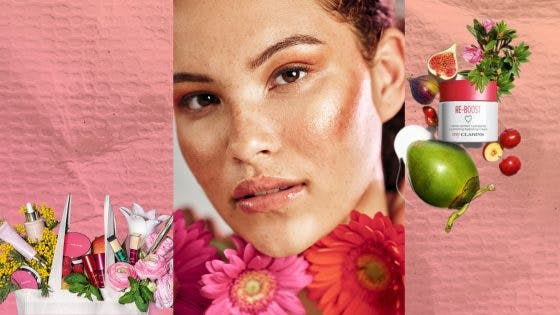8 Ways On How To Make Your Beauty Routine More Eco-Friendly In 2023
7 minutes read
A survey found that 91% of Brits want to be more conscious and buy eco-friendly products, with the majority mentioning “sustainability” and “ethics-related considerations” as important when buying beauty and wellness products.
It just goes on to show how we have evolved as consumers by adopting a more ‘climate-positive’ lifestyle. This may not come as a surprise as pressing environmental issues have become a mounting threat, with many of us going meatless for days, participating in clean-ups, patronising sustainable fashion, and using eco-friendly cleaning products to swap for sustainable beauty products.
Until green beauty becomes the industry’s golden standard, you can make a few changes to minimise your ecological footprint. Beauty Daily has rounded up eight small swaps you can make without compromising your results.
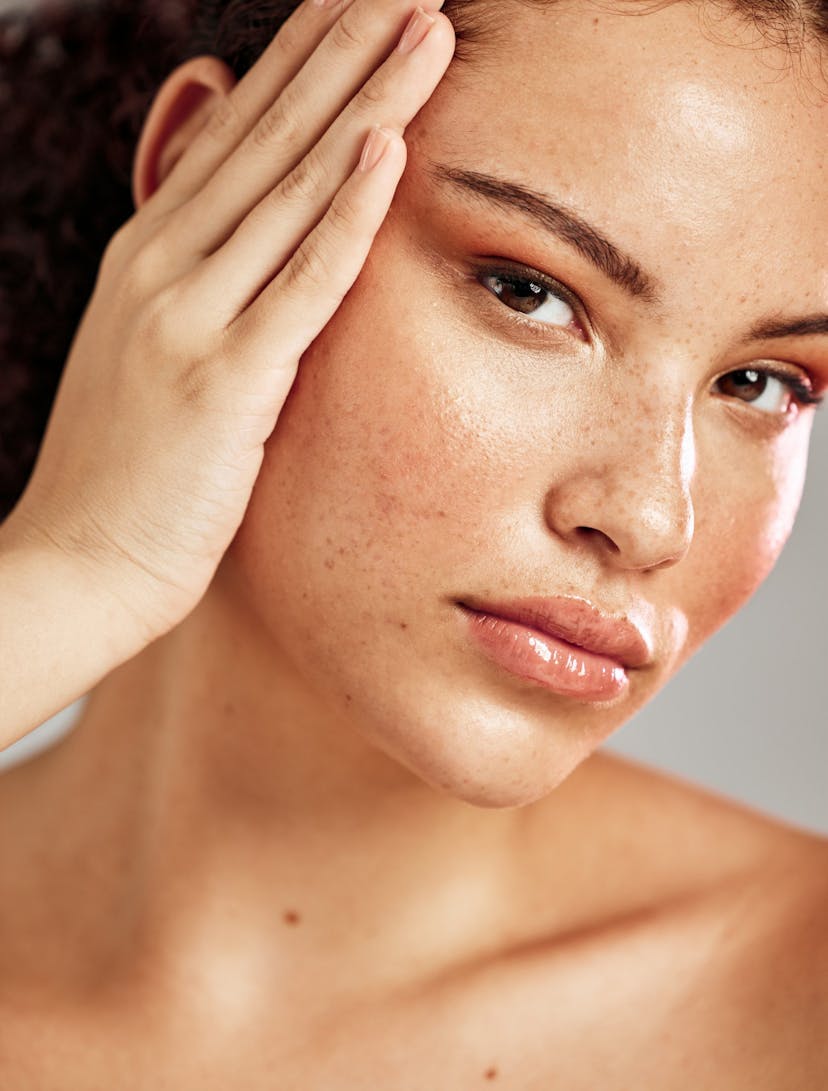
8 Ways On How To Make Your Beauty Routine More Eco-Friendly In 2023
1. Integrate waterless beauty products into your skincare and make-up routine
Water scarcity is a major global environmental problem, and beauty brands have been more committed to creating waterless beauty products. Traditionally, beauty formulas are made of up to 80% water.
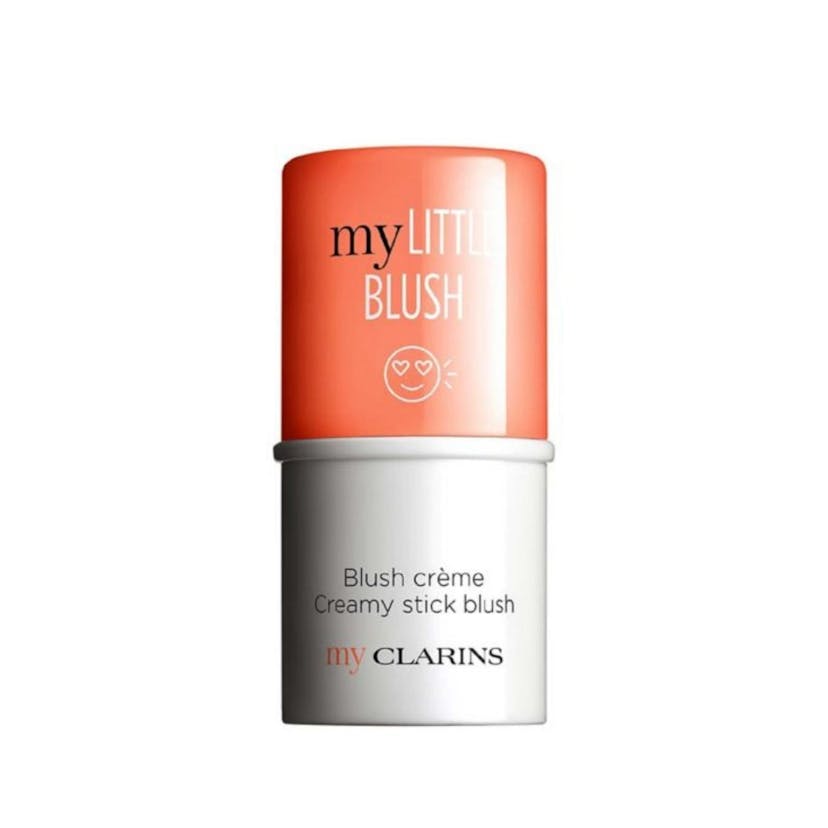
Change can be as simple as swapping cheek tints with blush sticks. We love the My Clarins LITTLE BLUSH, £16 and the Blush Prodige Illuminating Cheek Colour, £27. Another waterless beauty swap is choosing powder foundation over the liquid version.
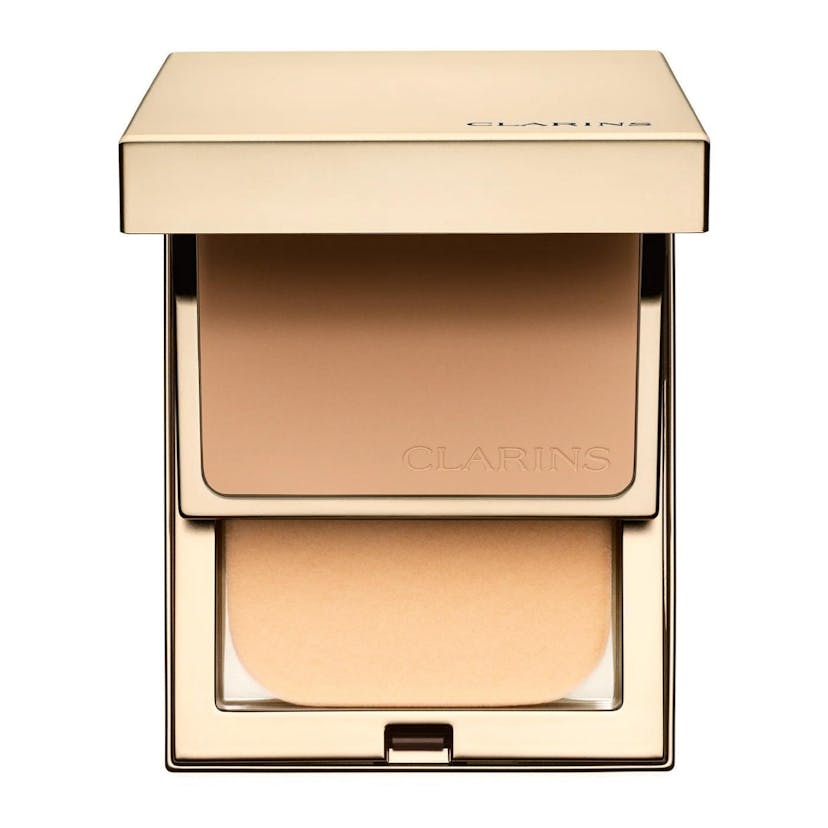
Beauty Daily recommends Everlasting Compact Foundation SPF 9, £32, a transfer-proof, ultra-matte finish foundation that ensures a flawless complexion with added SPF 9 protection.
This is a good start as the waterless concept also makes products lighter to transport, meaning a lower carbon footprint.
2. Try the dry facial cleansing method
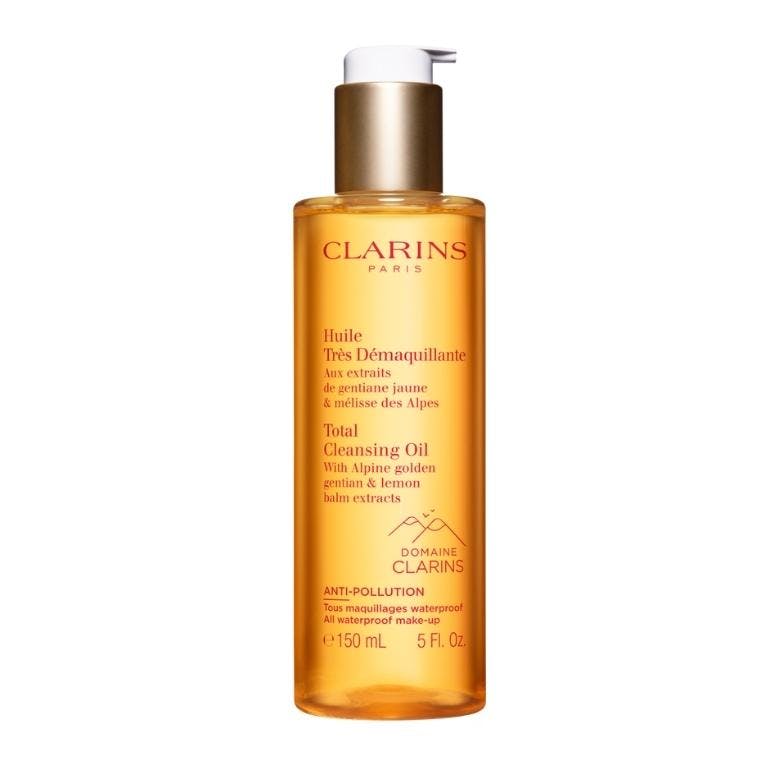
If you are up to it, use a product that encourages no water consumption, such as Total Cleansing Oil £24, Micellar Water £24 or Velvet Cleansing Milk £24, which can then be wiped off with a reusable make-up wipe. These effectively remove dirt, sweat, sebum, dead skin cells and pollution.
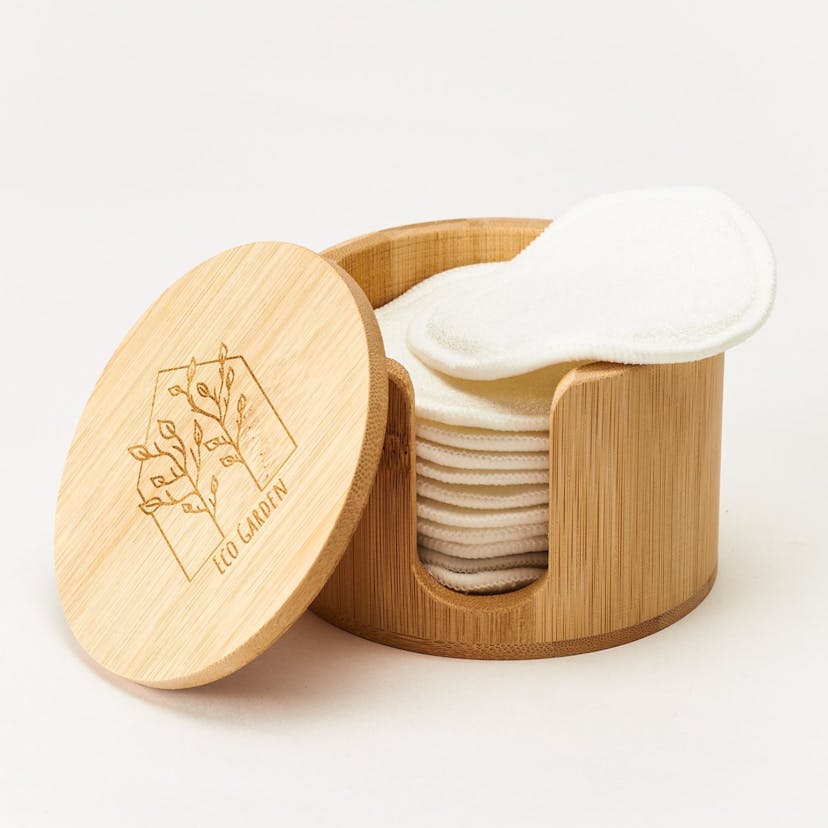
Reusable make-up wipes like Eco Garden UK’s Reusable Bamboo Cotton Cleansing Pads, £17.99, can be washed, and, when cared for correctly, most reusable pads will last years. So expect up to 500 or 1,000 washes.
These cleansing pads are 100% plastic-free, machine washable and made from sustainable, ethically sourced bamboo and pure cotton materials, making them kind to the planet and even kinder to your skin. It’s perfect for applying toners and removing make-up.
3. Use Coral-Reef-Friendly sunscreen
When shopping for sunscreen, always look for a reef-safe or reef-friendly label. For example, Clarins has added a little ‘coral’ logo on the packaging – so it’s easily identifiable and means you don’t have to wade through the long list of ingredients. Not only is it kind to corals, but it’s also kind to your skin. The Clarins Suncare range is formulated with two complexes: SunFilterComplex and Sunplantcomplex.
SunFilterComplex ensures the skin’s optimal protection against the sun’s rays: UVB and UVA. The SunPlantComplex is a synergy of six plant extracts that prevent the skin from sun-related ageing and make sure the skin is hydrated. A win-win for your skin and the environment.

Try: Invisible Sun Care Stick SPF50, £21. This waterless sunscreen stick comes in a convenient pocket size, so you can easily take it anywhere. It has a bare skin finish that’s invisible when applied but gives maximum protection to your face’s most sensitive parts, such as the eye area, cheeks, ears and nose.
Read next: Reef-Friendly Sunscreen: Why it’s Better For You & The Planet
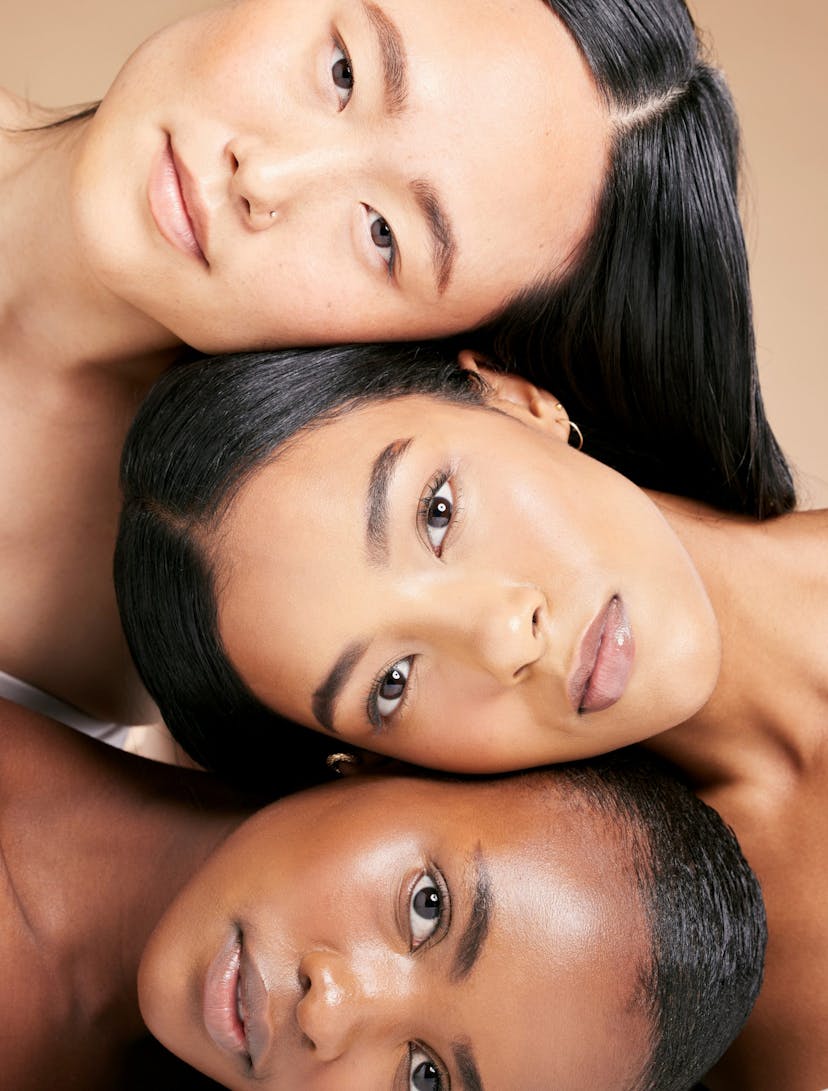
4. Support brands that participate in recycling programs
Clarins has never been short with its efforts when it comes to advocating ethical and environmental-friendly practices across operations.
Christian Courtin Clarins, President of the Clarins Supervisory Board, banned plastic bags from all his outlets in 1999 after being angered and frustrated by marine pollution while sailing in Asia.
This led to Clarins working with Plastic Odyssey, the first expedition around the World to fight plastic pollution aboard a ship that delivers solutions to the worst polluting countries so they can turn plastic into a resource.
The Aroma Collection range is made with 100% recycled packaging from recycled materials, and by 2025, Clarins pledged to use 100% recyclable or recycled containers for all products.
5. Opt for a sustainable refillable spray
Not only the Clarins Aroma Collection is made with 100% recycled packing from plastics collected from the oceans, but the range also comes with refillable options.
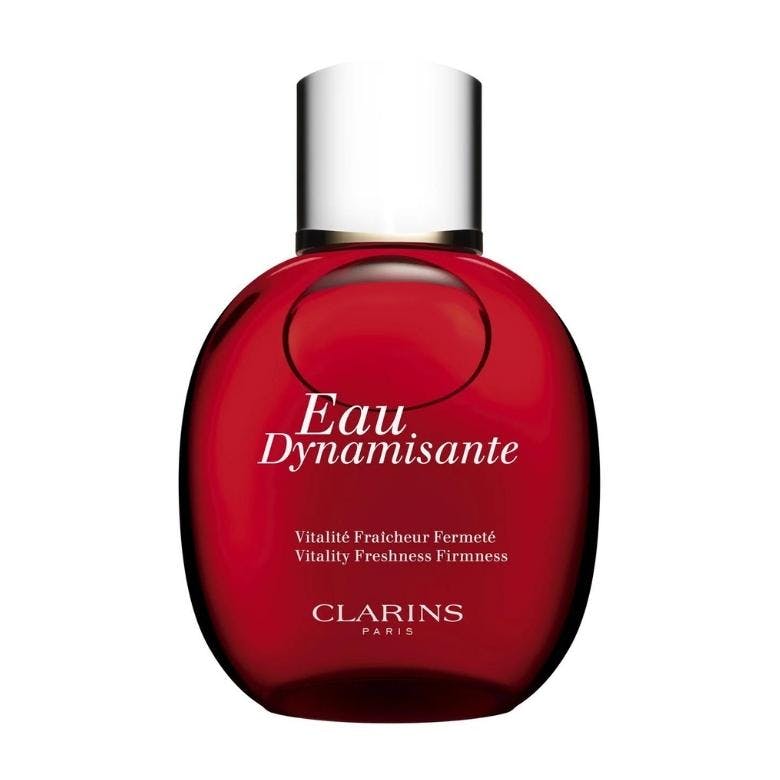
Clarins Eau Dynamisante, £39, comes in a refillable spray, and the fragrance bottle and its cover come apart to facilitate waste sorting.
This one is an excellent option as it’s made with 100% essential oils of invigorating and uplifting notes of lemon, patchouli, petitgrain, ginseng and white tea.
Once you get into the habit, you can easily refill the 100 ml bottle (priced at £39) with the contents of either 200 ml (£58) or 500 ml (£75) for a lower price.
Read next: Supersize Your Beauty Supplies – These Are Our Picks
6. Buy eco-friendly products with sustainable packaging
According to Euromonitor International, 152.1 billion beauty and personal-care packaging units were sold globally in 2018 alone, much of which will never be recycled.
While in the UK, using reusable bags has been a part of our lifestyle, it’s about time we bring this ethos into our beauty buying habits. We can do this by being cautious of how our beauty products are packaged.
Corrugated cardboard and other paper-based packaging are rightly regarded as being the most environmentally friendly and sustainable.
Clarins uses sustainable materials (all cardboard boxes and corrugated inserts come from sustainably managed forests) and recycled and recyclable materials.
100% of the paper and cardboard used are FSC or PEFC certified.
7. Purchase from brands that care for people and the planet
Packaging is one of many things that make a product eco-friendly. Factors like production methods, clean energy, harvesting techniques, and ingredient sourcing all play into a mission to improve wasteful or unethical practices.
Purchasing and patronising products from brands firmly committed to caring for the planet and people can be your first step towards choosing eco-friendly products. Clarins has been committed to fair trade since day one. Today, Clarins works with 18 fair businesses around the globe while protecting plant biodiversity. It’s governed by three main principles:
- Fair payment for work and raw materials.
- Fund programmes that support local communities.
- Respect for biodiversity because Clarins believes in Responsible Beauty through sustainability.
To date, 100% of the electricity used in Clarins’ sites worldwide comes from renewable energy. It has been carbon neutral since 2020, aiming to reduce its carbon footprint by 30% and achieve a B-corp certification by 2023. (A B-Corp certification is given to private organisations and businesses that meet high social and environmental performance standards.)
8. Make Your Bathroom More Eco-Friendly
The best way to make eco-friendly product swaps is to start with the smallest room in the house, the bathroom. Open your beauty cupboard and make a note of all the single-use and disposable plastics you can see: from shampoo and shower gels to Q-Tips to sanitary pads. There are opportunities to start switching slowly but surely.
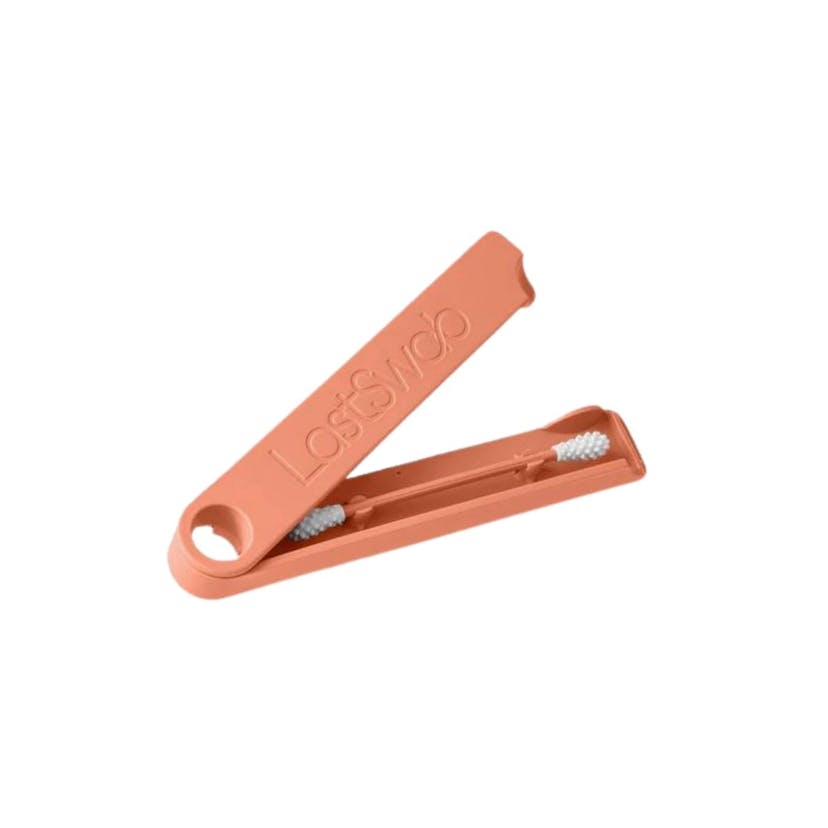
Start with ditching single-use cotton swabs, and opt for a reusable Q-Tip. Did you know the plastic stem takes about 500 years to break down? A perfect solution is switching to something like the LastSwab, £10, which can be cleaned by hand using soap and water after use. You can reuse it up to 1,000 times. It also comes with a quality case made of recycled ocean-bound plastic. That makes it easy to store in your bathroom or bring on travel. You can also look into reusable period products like the Saalt menstrual cup, £29.
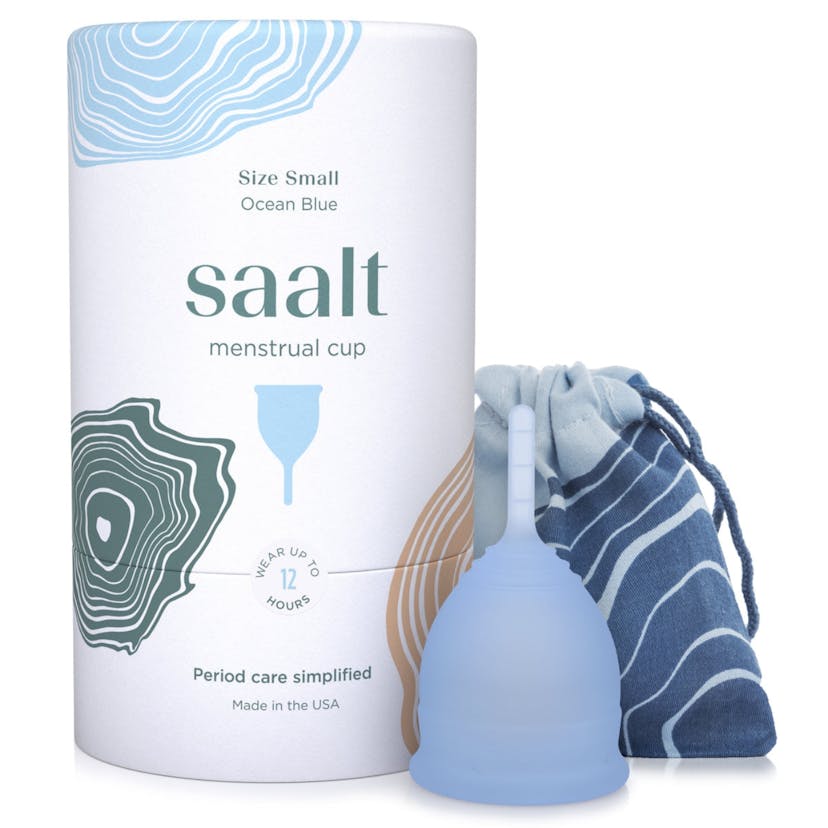
Did you know that conventional sanitary pads contain a high percentage of plastic? Pads are made of up to 90% plastic, and a pack of menstrual pads is equivalent to four plastic bags .
It has been estimated that up to 2 billion menstrual items are flushed down Britain’s toilets yearly. The great majority of these products end up incinerated or in landfill.
Lastly, it sounds cliche, but switching to a solid shampoo bar will make more of a difference than you probably realise. Eighty billion plastic shampoo and conditioner bottles are thrown out globally every year!
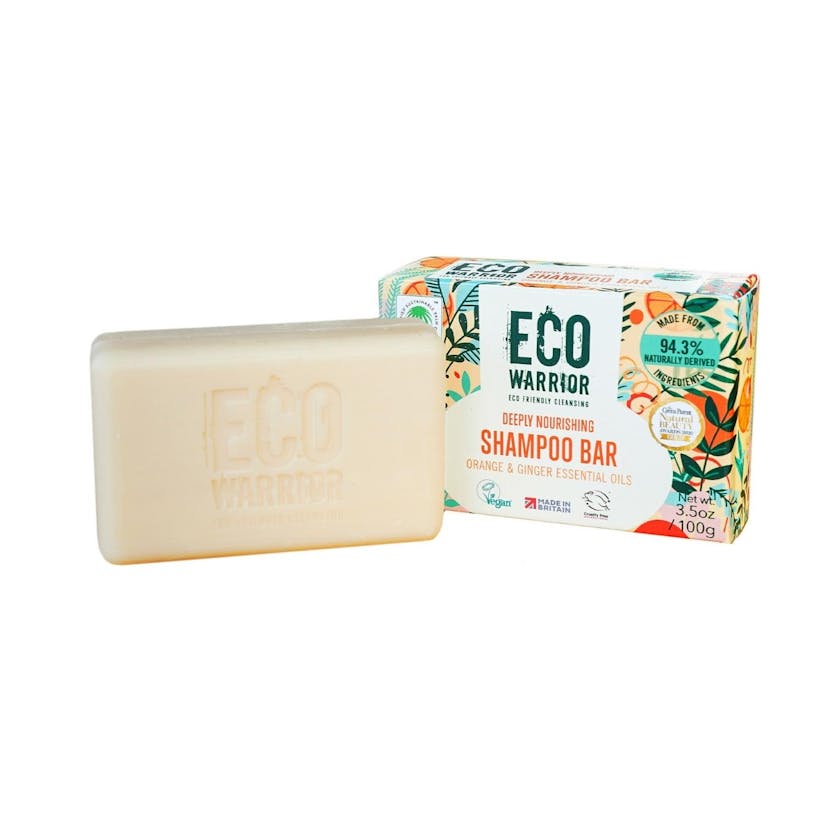
By swapping your liquid shampoos to a solid shampoo bar like the Eco Shampoo Bars, £5.50, you will reduce your plastic consumption and pollution and help save water and transportation emissions.
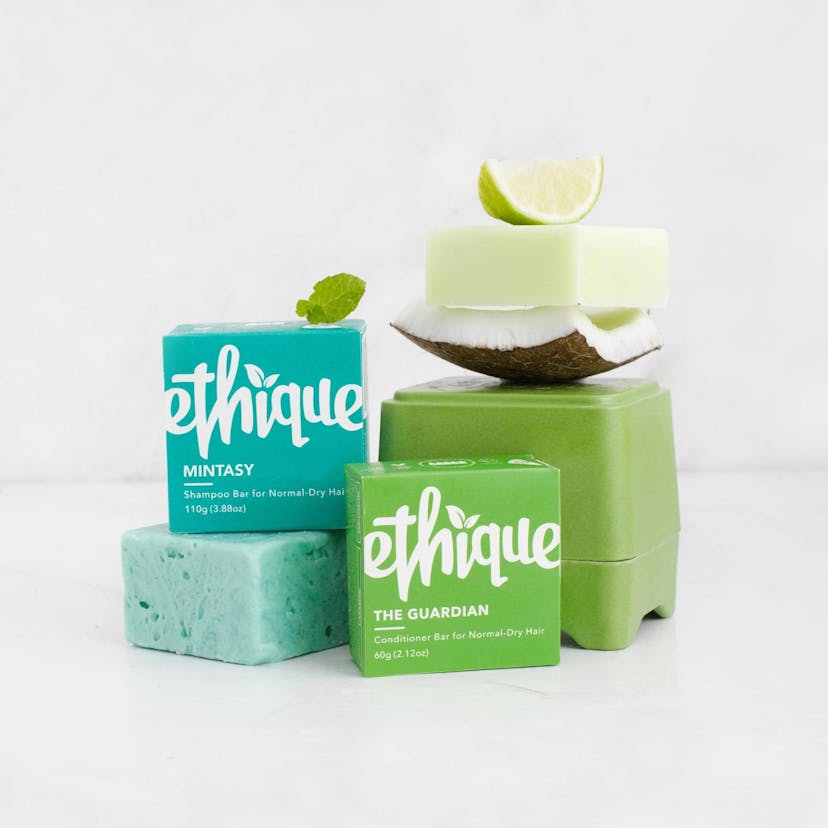
Another great option is eco-friendly, zero plastic waste shampoo and conditioner bars from the brand Ethique UK. You can also store them in biodegradable storages made with bamboo and cornstarch, a practical way to stop your bars from washing away.
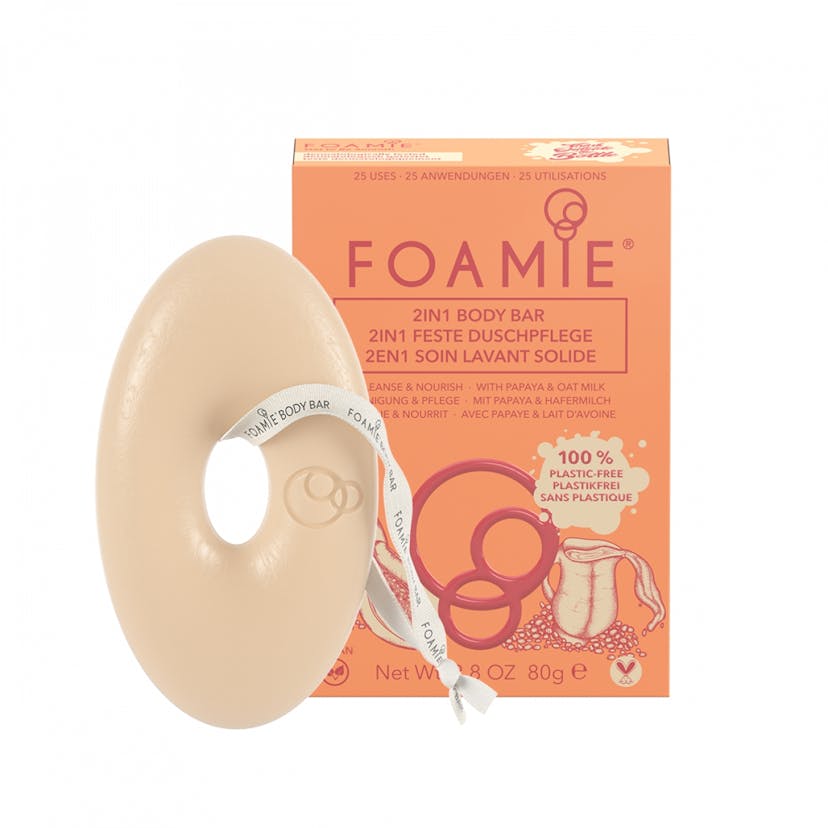
A great alternative for body wash Foamie Shower Body Bar – Oat To Be Smooth 80G, £6. This Plastic-free shower gel is formulated with oat milk to gently clean and soothe the skin, and papaya which moisturises.
Sign up for our newsletter
We will keep you in the loop for special offers, exclusive gifts and product news.
Products You Might Like
BEST-SELLER
BEST-SELLER

